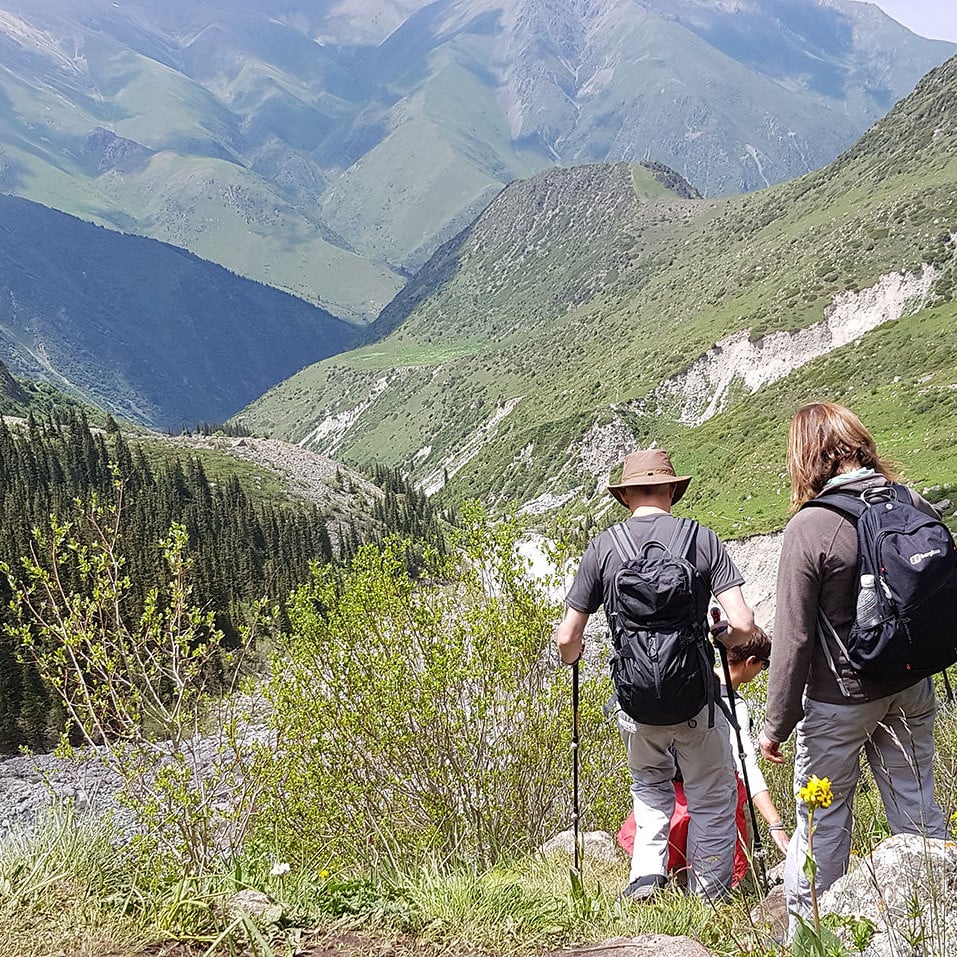Need a little help?
All adventures can be tailored as private bespoke trips.
Please contact us for more information:
+44 207 846 0197

Grading
To help you choose the right adventure for you, we have given each itinerary a grading that relates to the level of Walking / Trekking you will experience during the trip. This grading can be found on the Yellow map on the adventure page of the website.
All of our trips involve a level of general activity so are designed for people who are in good health, enjoy the outdoors, and have a taste for adventure and some level of fitness. As will be clear from our destinations, the climate (and altitude) may be different to that which you are used to, so please take this into consideration when choosing the most suitable holiday.
Please read our Adventure Itinerary & Essential Information for more information and don't hesitate to contact us if you would like to chat through whether you have found a suitable adventure for you.
Grade 1-3: Entry Level
You need to be in good physical health to enjoy your active holiday, but you don’t need to be an experienced hiker. These itineraries offer a mix of sightseeing and easier walking for around 2-4hrs a day, with the emphasis on sights and cultural experiences.
Walks will be well marked or on defined pathways, and often around sites of interest. The expected amount of descent/ascent will depend on the landscapes of the destination, but will not exceed 400m/day, and will often be much less. Walks are at low altitude (below 3000m).
You will not be required to carry more than a day sack with water and essentials. Ensure you are aware of the weather conditions likely in the destination you are visiting and have a pair of comfortable and worn in walking shoes/boots.
Grades 4-6: Intermediate
You need to have a good level of fitness and be a regular walker for these adventures, with ideally some trekking experience. You can expect to be walking for 3-6 hours per day, not including rest stops, normally on good trail paths but with some uneven surfaces at times.
You will not be required to carry more than a day sack. You may be walking in more challenging temperatures. You will generally be walking at low altitude (below 3000m) but may walk at altitudes up to 4000m. The amount of ascent could be up to 800m in a day but will frequently be less. You may walk on consecutive days.
Ensure you are aware of the weather conditions likely in the destination you are visiting and have suitable clothing for this adventure.
Grades 7-9: Challenging
You need to have a good level of fitness with previous experience of trekking. Extra training before your trip will ensure that you get the most out of your adventure. Areas will be remote and terrain uneven.
Expect to walk for 5 – 8 hours a day, not including breaks, with some very steep ascents and descents. You will be walking at altitude (over 3000m but not higher than 5000m).
Ensure you are aware of the weather conditions likely in the destination you are visiting and have suitable equipment/clothing for this adventure (see the packing list for your adventure).
Please check individual itineraries for details of what you will need to be carrying with you.
Get in touch
CLICK HERE to schedule a call online with YellowWood Founder Sam McManus.
Or call us directly 24/7 on:













